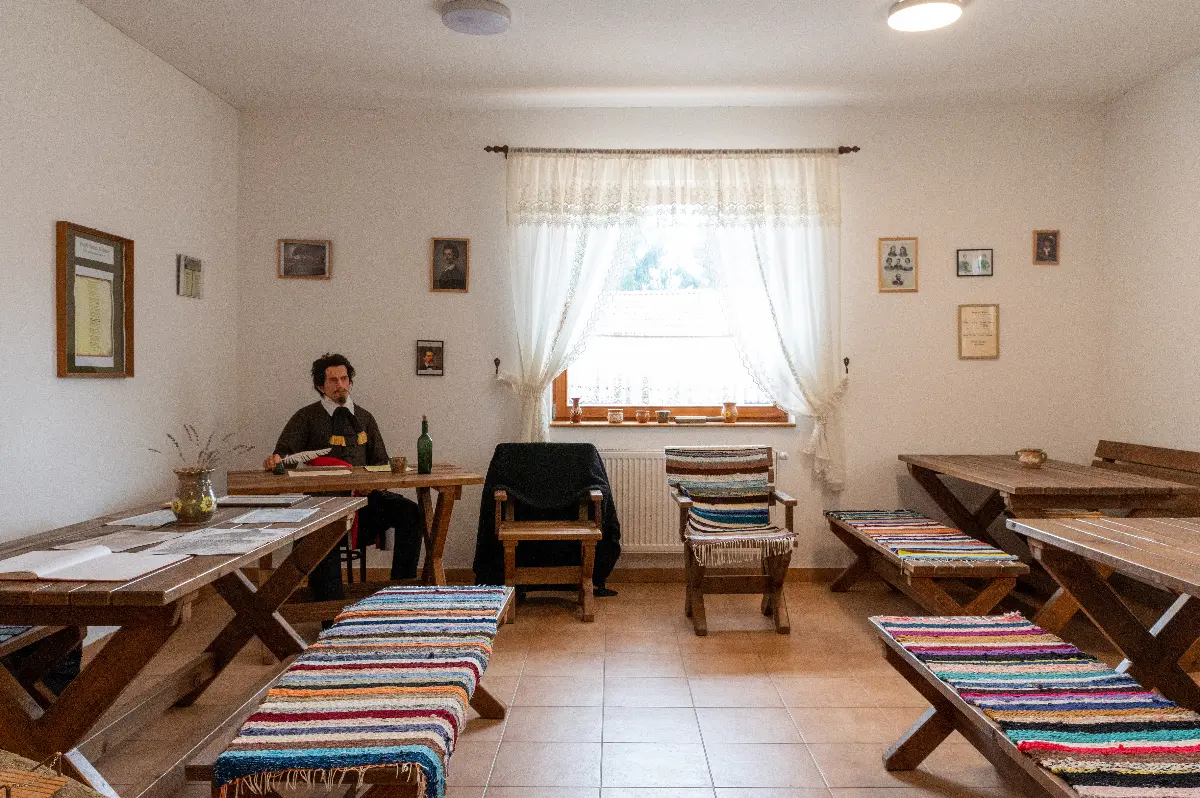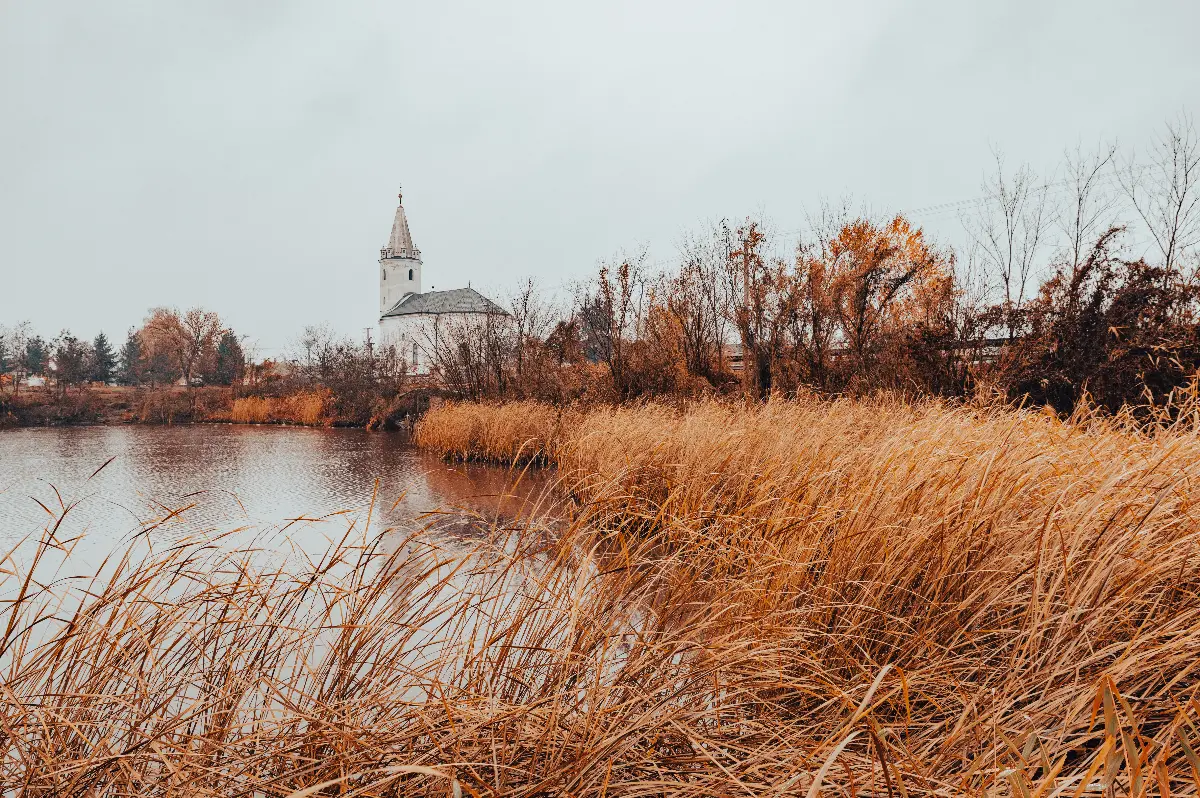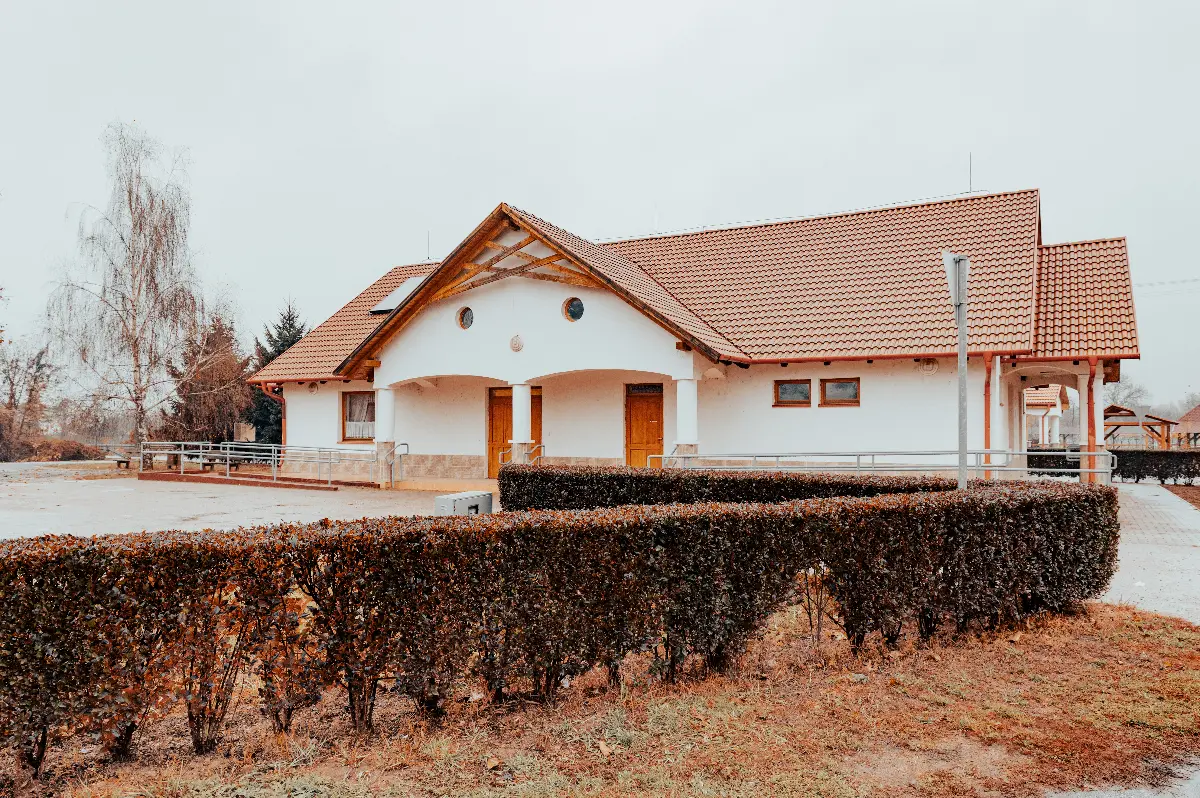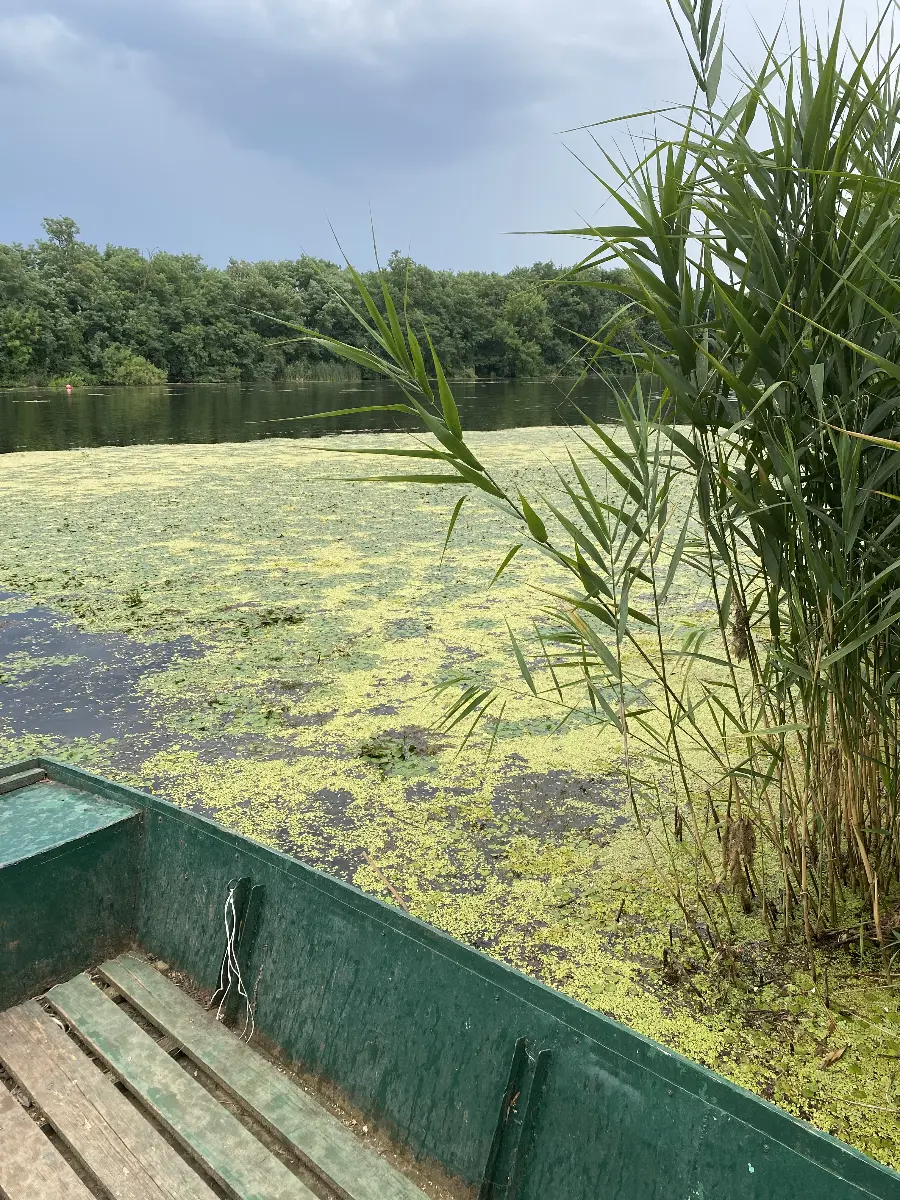
Helyszín címkék:
Pubs and Castles: Petőfi’s Szatmár
Méhész Zsuzsa
Ya' old influencer
Alexander Petőfi would have been an influencer in the 19th century. Not only his poems were popular but the stages of his short life are also known. He recorded his experiences on paper instead of instaphotos. Szatmár and the most eastern part of Hungary are still the least known areas of Hungary. The poet came here in 1846 and captured his experiences of Szatmár in several poems. In the last 175 years there have been the fewest changes hereabouts. This is the last hidden tiny island, unspoiled country of Europe, where Alexander Petőfi’s poems, traveller’s accounts have still been valid.
Castles, ferries, taverns
One of Petőfi’s most well-known poems is Curt Tavern at the End of the Village. It depicts rural life and conditions of the 19th century: how the squire orders closing time to revellers in the tavern — in vain — because he cannot sleep due to the noise. And how a quiet girl manages to make them silent who asks them for it modestly on behalf of her ill mother. This kind of stubbornness is still characteristic of the people livinghere: they resist authority but if help is needed, they are not lack of empathy. This is the place, where communities help each other and everyone will say hello to the stranger. You’d better learn some words in Hungarian if you visit here to be able to respond at least. Alexander Petőfi could have been welcomed with such friendliness in the local tavern, where he popped in just for a drink, but he spent the night in the village according to the legend. (It can happen to us as well if we are not cautious: local people’s hospitality is eternal in Szatmár!)In Tunyogmatolcs, on the picturesque bank of the backwater of Szamos, crossing over the bridge behind the church we can find the tavern that appears in Petőfi’s poem. In the new building a room is created according to former tap rooms, Petőfi’s wax figure is sitting at one of the tables. It could be a simple place: the curt tavern meant an establishment temporarily selling drinks at the end of the village where people crossing the Szamos by ferry could drink a glass of wine. Petőfi arrived at this land in 1846 to visit his friends. The original tavern could stand somewhere here, where he popped in for a drink.

According to the legend, he left to visit the castle of his friend with landholding nearby. The castle cannot be visited currently but its renovation is being planned. Instead we can suggest visiting the renovated castle of Vaja or Dégenfeld castle museum (Baktalórántháza), maybe the Luby castle surrounded with a historical rose garden (Nagyar) in the area for those who love castles. But if we are in Tunyogmatolcs, let’s walk to the bank of the backwater of Szamos that is the place of peace and harmony. The nature-lover poet could have admired the serenity and beauty that is the characteristic of summer evenings here. Here we can really feel: time has stopped. Behind the visitors’ centre on the right walking down on a small fishing trail we can find a relief evoking the poem — right on the bank.

Untouched Szatmár
In the most eastern corner of the country many things have changed for 175 years. Rivers have been changedby river regulations, old farmhouses have been washed away by floods, ideally a cafe or a pizzeria stands at the place of the inns. The sounds of nature, the summer sunset, the forest beyond the meadow, the steeple of the village and the slow rhythm of life are constant. The atmosphere of the scenery along the Tisza is the same as it was in 1846 when Petőfi wandered all over this land. We can owe to Petőfi that he depicted sharply and permanently the features of this part of the Great Hungarian Plain, the wild picture of the Tisza before the river regulation — which is etched in our memory if we saw it only once.






